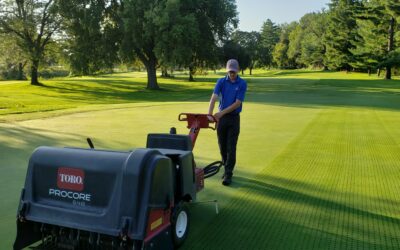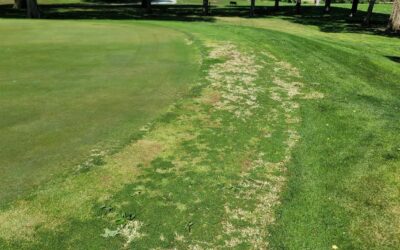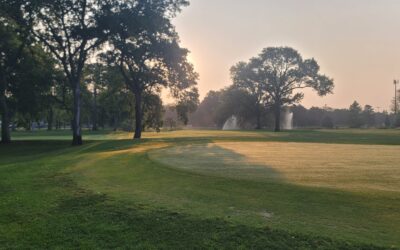GREENKEEPER BLOG
Optimizing Putting Green Performance with the New Surface Organic Matter Test
Organic matter management on putting greens is vital for maintaining playability, firmness, and overall turfgrass health. Until recently, measuring and managing organic matter relied largely on assumptions and outdated methods. But that's changing with the...
Predict wilt hours before it strikes: Proof of Concept
The turf industry has embraced various technologies to improve irrigation efficiency. Hand-held moisture meters have replaced pocketknives. Mower-mounted sensors help turf managers detect soil moisture variability, while in-ground sensors relentlessly monitor changes...
Smart Irrigation Strategies to Save Water
Water conservation is a top priority in the golf industry, as superintendents seek innovative ways to maintain high-quality turf while reducing overall irrigation. It is an active area of research and development at GreenKeeper, too. Advances in technology now allow...
Understanding Clipping Volume: How to and Why Explained
Measuring clipping volume is one of the simplest yet most impactful practices in turfgrass management. This straightforward process provides valuable insights into plant growth, nutrient uptake, and overall turf health. There is no more actionable piece of data for...
Target Pests and Save with GreenKeeper CIS
Turfgrass sprayer systems with GPS guidance can do more than reduce over-spray. These high tech platforms can be used to precisely target specific pests on your course or fields. The mapping software within GreenKeeper CIS makes it easy for users to map pest...
Shade Management is Growth Management
Turf growing under shade stress is difficult to manage. Most grass species evolved in sunny growing environments. That means shorter day lengths and lower sun elevations during the fall can quickly lead to problems. The cause is simple, really. Energy in (sunlight) is...






